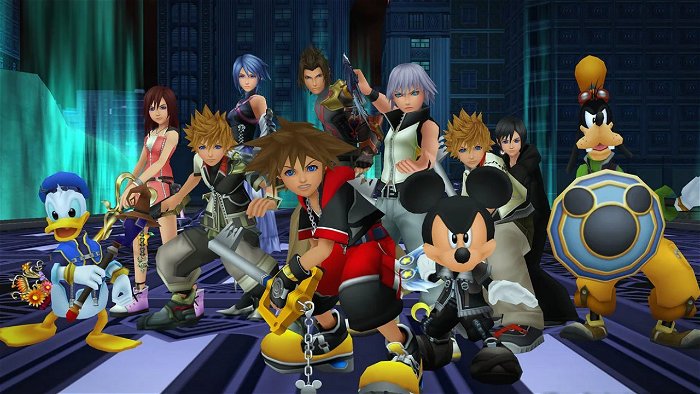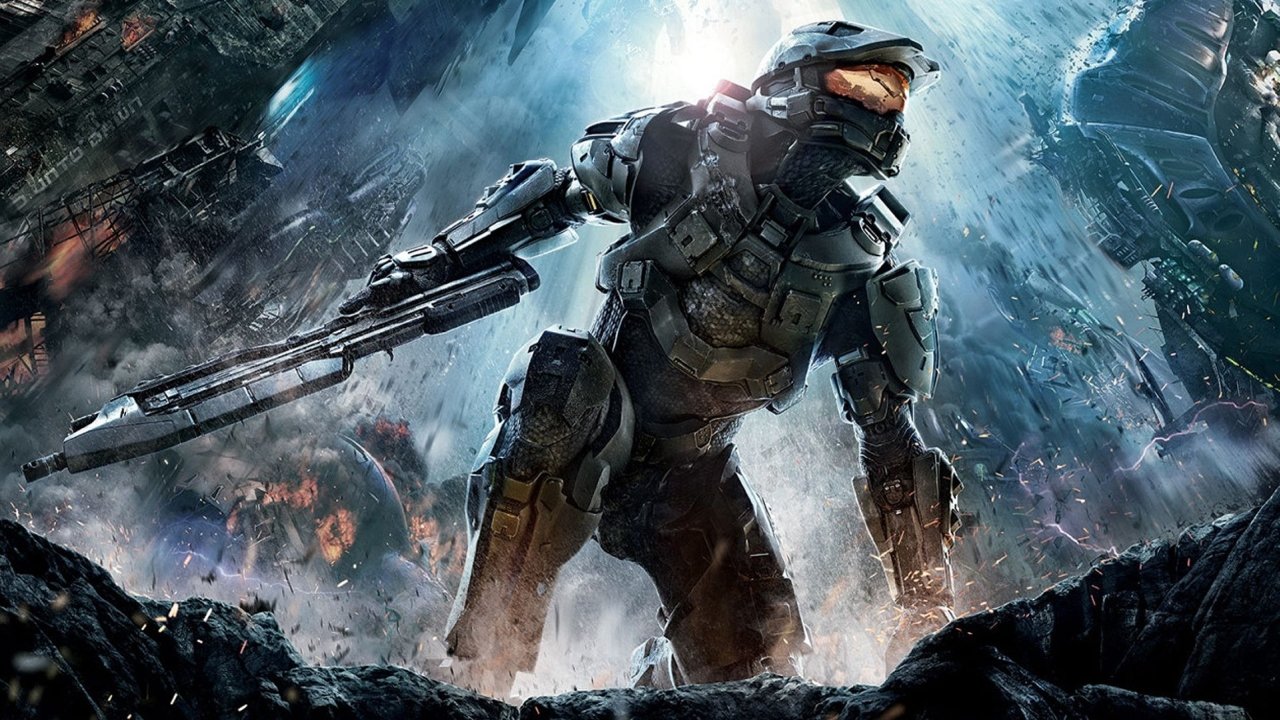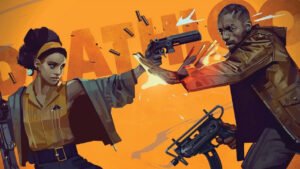I found myself doing something that has become increasingly annoying over the last few years.
I was rushing to the internet to consult a game-specific wiki and read up on a plot point that the game had assumed I knew about, when in fact I didn’t. The reason I didn’t was that I hadn’t faithfully savored and hunted down every morsel of Halo lore scattered across comics, novels, and even optional side-quests within the various games. In this particular case, it was the sudden importance of a Halo entity known as “The Librarian”.

A story point occurred where I was simply confused as to what was happening, but a thorough search on dedicated Halo wikis revealed that what I didn’t know was there; I just had to have done some hunting of terminals in Halo 3 for optional backstory, did it again in the recent Halo: Combat Evolved HD rerelease, as well as read the novels Halo: The Flood, Halo: Cryptum and Halo: Primordium, Only then, after due diligence to the plot across different media, would this cut scene have its intended “Whoooa!” impact.
It’s a recent phenomenon that has been called “Transmedia narrative,” or “Multiplatform storytelling.” It’s the notion that now with all these various platforms—both traditional and digital—at our
disposal, it’s more interesting to take advantage of all of them to tell a story in new and different ways. That, at least, is the theory. The practical marketing result is often, “Let’s take advantage of the fans’ dedication to our franchise by having them buy more products to keep up with what’s going on.”
One of the first games to do this in a way I found very disturbing was Kingdom Hearts. At the end of the first game, you get your expected, Disney-esque happy ending. At the start of the second game, the hero, Sora is nowhere to be seen, you control a new character and eventually it all comes out that Sora is somehow in a state of cryogenic suspension that he put voluntarily submitted to.

This made absolutely no sense whatsoever for gamers coming from the first game to the second, but it made perfect sense for diehard fans that had bothered to play the Gameboytitle Kingdom Hearts: Chain of Memories where this entire plot leading up to Kingdom Hearts 2 was explained.
In fact, the hole is so obvious and gaping that Square-Enix, for their HD rerelease of the series, are planning on including the PS2 port of that game, Kingdom Hearts RE: Chain of Memories so as not to confuse less dedicated fans this time around completely. There’s also the addition of only the cut scenes from Kingdom Hearts 358/2 Days which chronicles the time of the new character, Roxas, so as to further dispel the confusion initially generated by splitting so many important story elements across different games.
The Assassin’s Creed series is another franchise that has utilized this technique, often to a confusing effect, for example in Assassin’s Creed II: Brotherhood. The game ends on a bit of a cliff hanger with a character being inexplicably killed. The reasons behind this death are never adequately explained in the main game unless players take the time to buy and play the Assassin’s Creed II: Revelations DLC known as The Lost Archives. There are also characters such as Daniel Cross who have previously only appeared in comics, now featuring prominently in the game with some inadequately brief exposition to get the ignorant up to speed.
This is not good storytelling.
When major features of your narrative come from narratives that others may not be familiar with, it leaves storytellers with little choice but to resort to exposition, which is one of the weakest ways to get your point across. It is like telling the story of Luke Skywalker in Star Wars but pushing the Darth Vader—and subsequent hand amputation and father revelation—to a comic book, only to expect that everyone read that when Return of the Jedi starts up. And if you didn’t, then Obi Wan will just explain it at some point, very quickly, so we can all move on.

This makes unfair demands on the audience, not just for time, but for money and the discipline to keep all these facts straight in their head. It also weakens a story, if major elements aren’t all cohesively packed into the narrative in some fashion. BioWare’s Mass Effect and Dragon Age games may also be full of lore, but they keep all that lore in the game where people can read it. Even Frank Herbert’s Dune made sure readers didn’t have to leave the confines of the book to find out about Butlerian Jihad or the Orange Catholic Bible.
There are rules for telling a story that everyone can enjoy. Transmedia narrative, while an interesting concept, breaks those rules in ways that less accomplished storytellers have a hard time recovering from. I know it’s too much to hope for, but it’s a style of storytelling I hope to see less and less of in the future.




